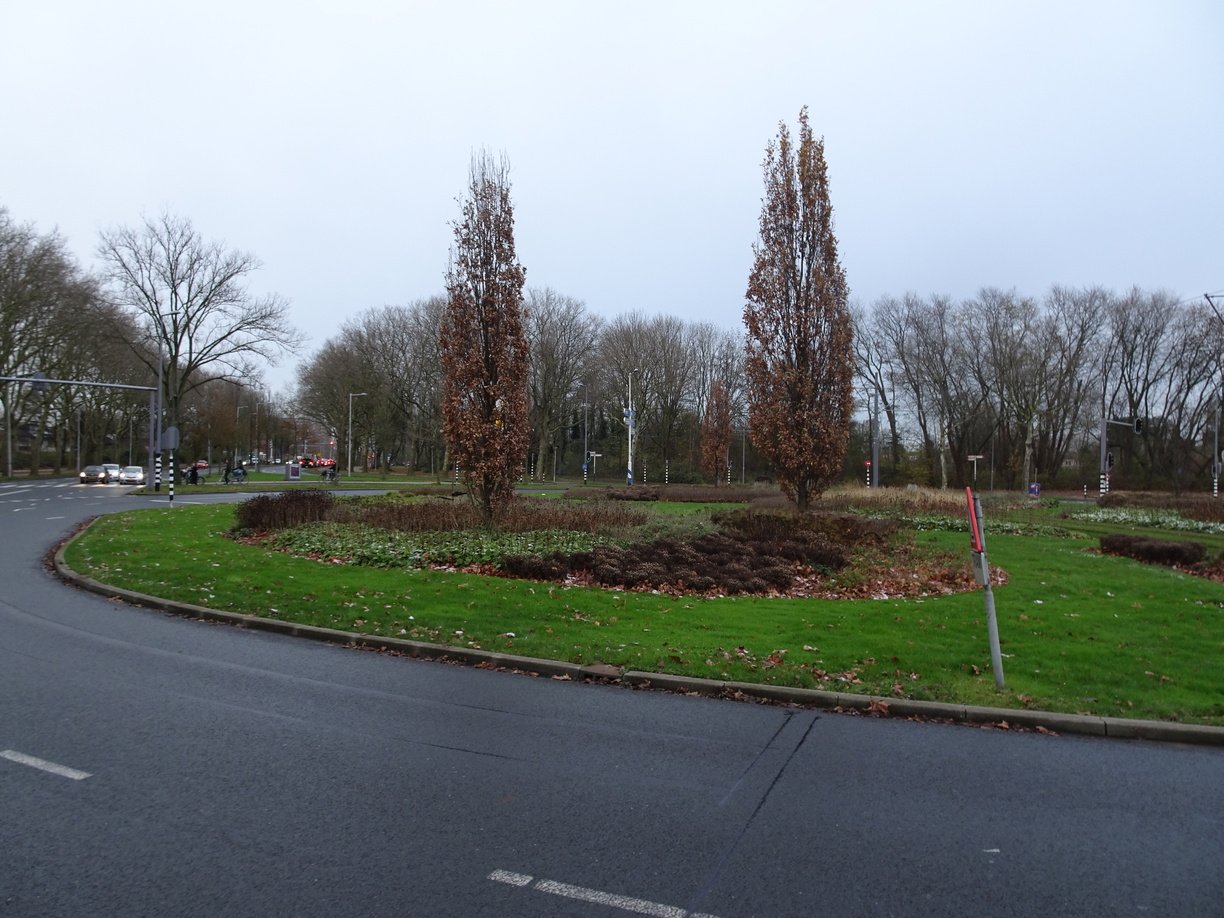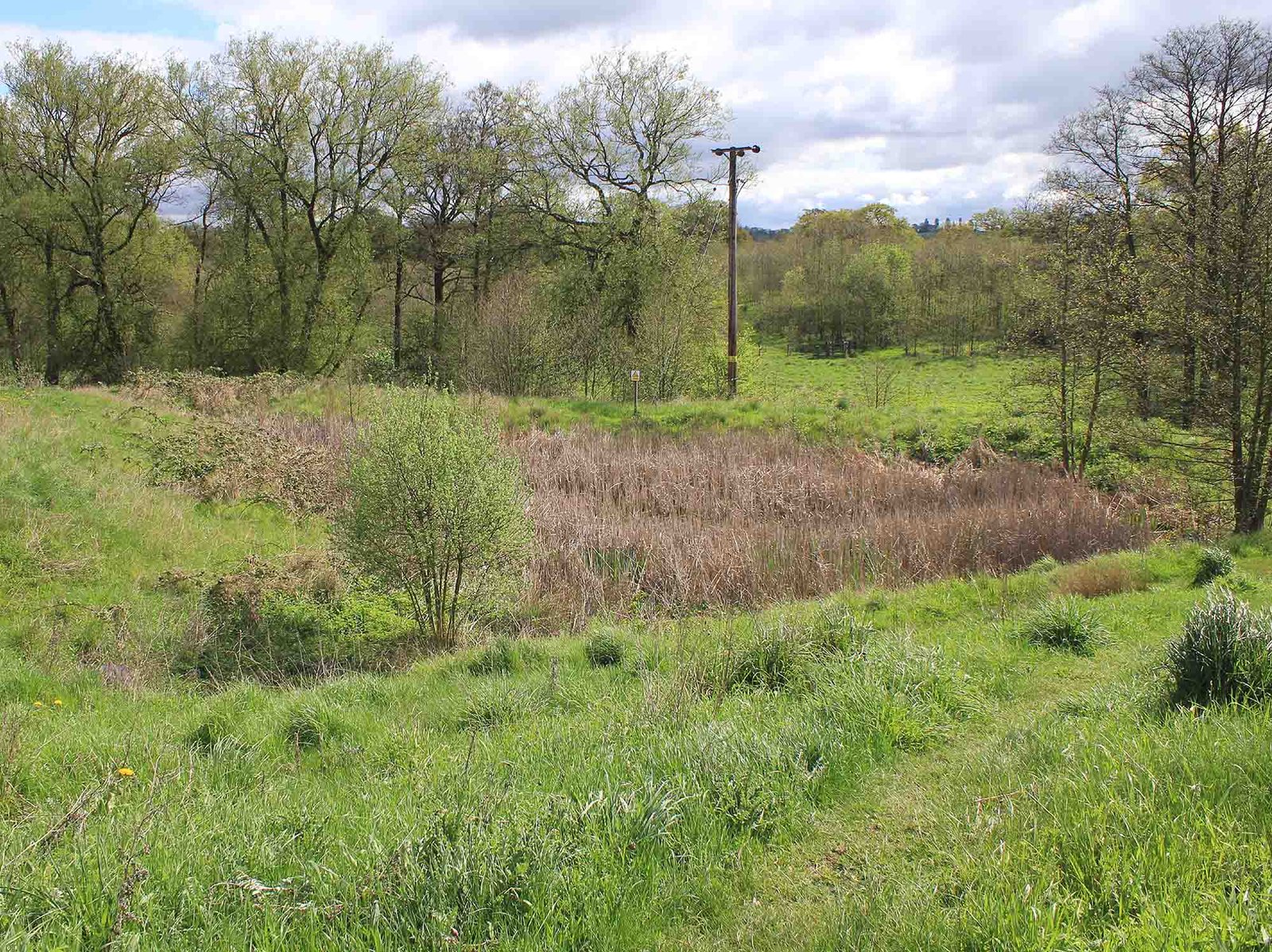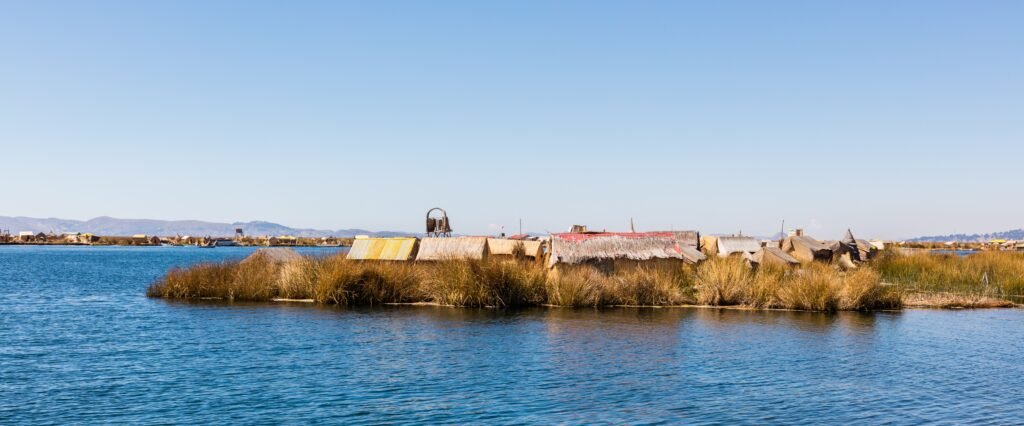Imagine a city where parks are not just green spaces for leisure but vital components in the fight against urban flooding. This is the reality for many cities embracing the concept of “sponge parks.” These innovative spaces are transforming urban landscapes, offering a natural solution to an ever-growing environmental challenge. But what exactly are sponge parks, and why are they becoming essential in modern urban planning? Let’s dive into the fascinating world of sponge parks and discover their impact on cities worldwide.
The Birth of Sponge Parks

Sponge parks are a revolutionary concept in urban design, developed to address the escalating problem of flooding in cities. As urban areas expand, the natural landscape is often replaced with impermeable surfaces like concrete and asphalt. These surfaces prevent rainwater from soaking into the ground, leading to increased runoff and, consequently, flooding. Sponge parks, however, are designed with permeable materials that allow water to seep through, mimicking the natural absorption process of a sponge. This innovative approach not only reduces flooding but also replenishes groundwater supplies, making it a sustainable solution for water management.
How Sponge Parks Work
The mechanics behind sponge parks are both simple and ingenious. At their core, these parks incorporate a variety of materials and landscaping techniques to manage water effectively. They often include features like rain gardens, bioswales, and permeable pavements, all working together to absorb and filter rainwater. For example, rain gardens are shallow depressions filled with native plants and soil that can capture and hold stormwater, allowing it to slowly infiltrate the ground. Similarly, bioswales are channels designed to direct and filter runoff, reducing the burden on city drainage systems. These elements collectively transform parks into dynamic systems that actively manage water.
The Environmental Benefits

One of the most compelling reasons cities are adopting sponge parks is their numerous environmental benefits. Beyond mitigating flood risks, these parks enhance urban biodiversity by creating habitats for various plant and animal species. They also improve air quality by increasing vegetation, which absorbs pollutants and releases oxygen. Moreover, sponge parks contribute to lowering urban temperatures, a phenomenon known as the “urban heat island effect,” by providing shaded areas and increasing evaporative cooling. This cooling effect is particularly beneficial during heatwaves, offering a natural respite for city dwellers.
Economic Advantages

While the environmental benefits are significant, sponge parks also offer substantial economic advantages. Traditional flood management solutions, such as extensive drainage systems, are often costly to build and maintain. In contrast, sponge parks provide a cost-effective alternative by reducing the need for such infrastructure. They also enhance property values by creating attractive green spaces that improve the quality of life in urban areas. Furthermore, by mitigating flood damage, sponge parks can save cities millions in repair costs and insurance claims, making them a smart investment for the future.
Case Study: New York City’s Sponge Park
New York City is a prime example of a metropolis embracing the sponge park concept. The Gowanus Canal Sponge Park, located in Brooklyn, is a pioneering project designed to address the area’s chronic flooding issues. This park features a series of planted areas that capture and treat stormwater before it enters the polluted canal. The project not only helps manage water but also aims to revitalize the canal’s ecosystem, ultimately improving the surrounding community’s quality of life. New York’s initiative serves as an inspiring model for other cities facing similar challenges.
Challenges and Considerations
Despite their benefits, implementing sponge parks is not without challenges. One major hurdle is the initial cost and complexity of redesigning urban spaces to accommodate these parks. Cities must also consider the long-term maintenance required to ensure the parks function effectively. Additionally, gaining public support and understanding of the benefits can be difficult, as the concept is relatively new. However, with proper planning and community engagement, these challenges can be overcome, paving the way for widespread adoption.
The Role of Community Involvement
Community involvement plays a crucial role in the success of sponge parks. Engaging local residents in the planning and maintenance of these spaces fosters a sense of ownership and responsibility. Educational programs can also raise awareness about the importance of sustainable water management and the benefits of sponge parks. By involving the community, cities can ensure that these parks are not only functional but also cherished public spaces that serve the needs of their residents.
Future Prospects for Sponge Parks
The future of sponge parks looks promising, with more cities recognizing their potential as a sustainable solution to urban flooding. As climate change continues to exacerbate weather extremes, the need for resilient infrastructure becomes increasingly urgent. Sponge parks offer a viable path forward, combining environmental stewardship with practical urban design. As technology and materials advance, these parks will likely become even more efficient and widespread, transforming cities into greener, more sustainable environments.
Global Adoption and Inspiration
The success of sponge parks in cities like New York has inspired global adoption of the concept. Cities across Europe, Asia, and Australia are exploring similar initiatives, adapting the principles of sponge parks to their unique climates and landscapes. This global movement highlights the universal appeal and effectiveness of nature-based solutions in urban planning. By learning from each other’s experiences, cities can refine and improve their approaches, creating a network of resilient urban areas worldwide.
Conclusion: A Call to Action

The rise of sponge parks marks a significant shift in how cities approach flood management and urban design. These innovative spaces offer a glimpse into a future where nature and urban life coexist harmoniously, providing both ecological and social benefits. As more cities embrace this concept, the potential for positive change is immense. Will your city be next to dig a sponge park and join the movement towards a sustainable urban future?



